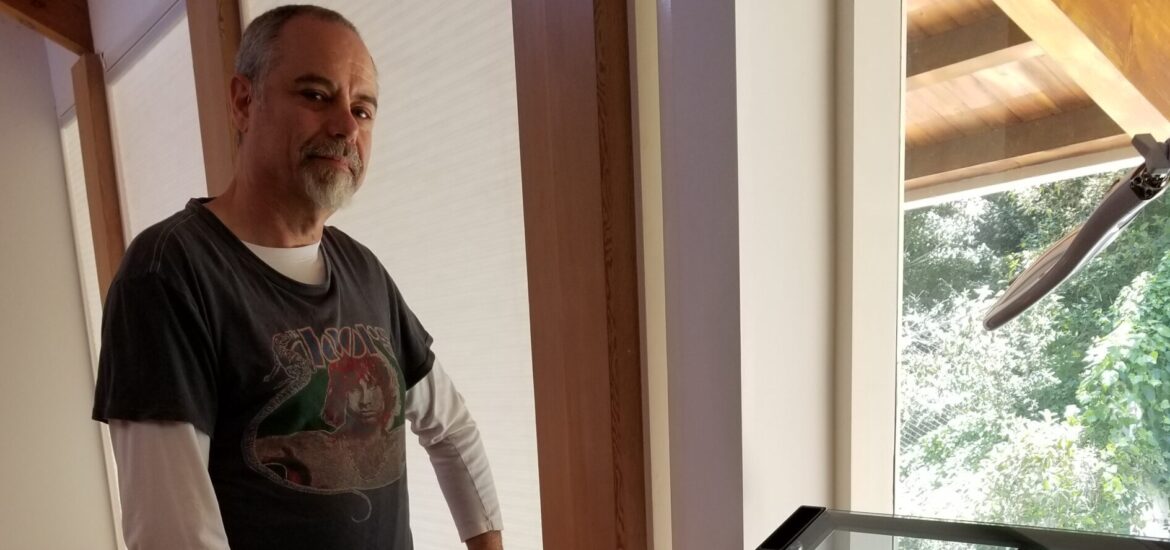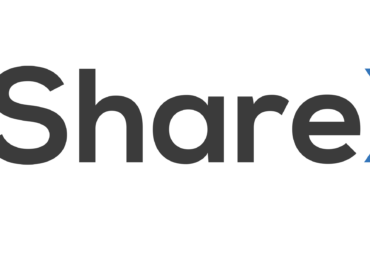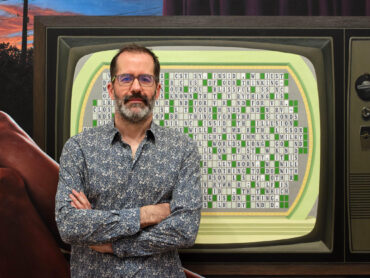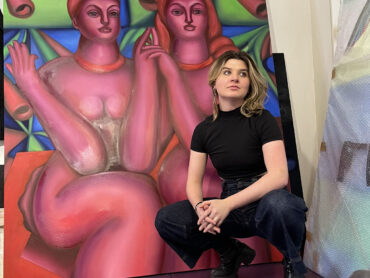When our world was still
One of the great advantages of being an artist is that nothing entirely horrible can happen to you. Bad things occur all the time, of course, but there is always the option to transform a problem it into a piece of art, to use the bad and ugly as an inspiration for the good. This is how iconic art has evolved for millennia, and this is why art is fundamentally valuable for a society and its culture. Remember the cuckoo clock speech in the Third Man by Orson Welles?
“You know what the fellow said – in Italy, for thirty years under the Borgias, they had warfare, terror, murder and bloodshed, but they produced Michelangelo, Leonardo da Vinci and the Renaissance. In Switzerland, they had brotherly love, they had five hundred years of democracy and peace – and what did that produce? The cuckoo clock.”
Corona has affected all of us directly and indirectly: shows, fairs, projects, publications and meetings have been cancelled or postponed, and we all wait for it to end. This is the bad and the ugly, because we lost friends and a way of life. One thing, and this is the good, I am looking forward to most is to see what artists created during self-isolation.
Jay Alan Samit has sequestered himself during the corona pandemic to depict scenes of urban and rural America – one painting a day, about food stamps, struggling farmers, waiting rooms, the homeless, or family life, rich and poor neighbourhoods. (You can follow his series on his Facebook page Jay Alan Samit.)
What I love about his work are the serene colors and shapes that depict the harsh realities of corona, so I asked him a couple of questions about his style and his development as an artist.
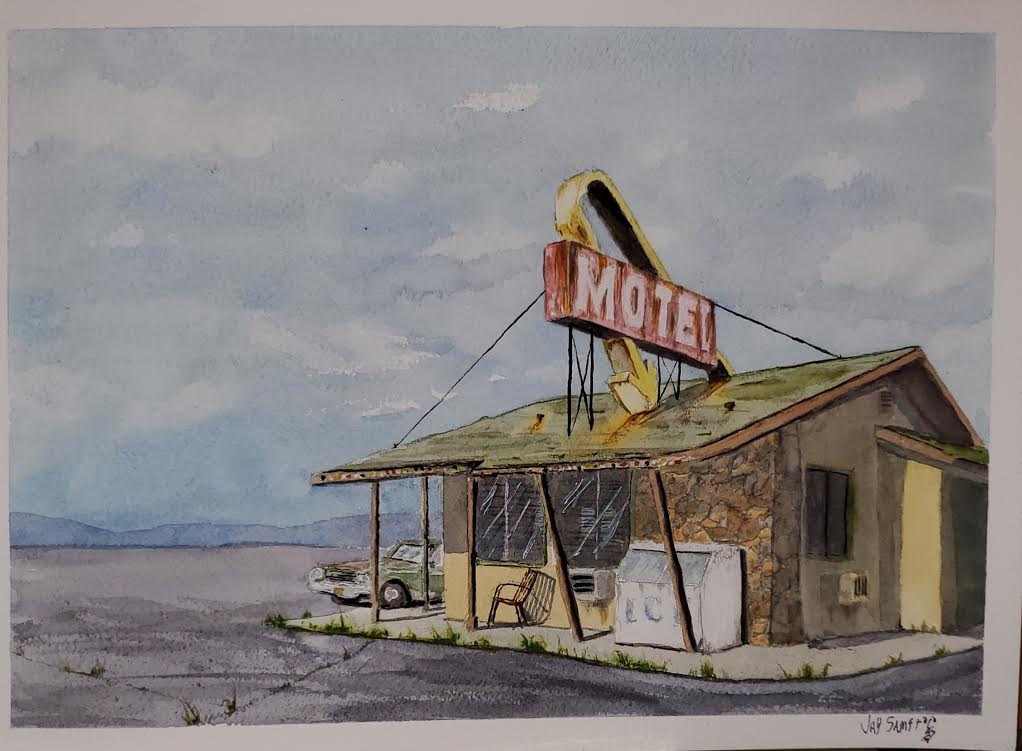
Water color by Jay Samit Photo: Courtesy of the artist
Where do you work, and how does your studio look like?
JS- My studio is in my home here in Los Angeles. The room is large and voluminous with a 28 foot ceiling. The walls are covered with art I have collected over the years (none of my work is displayed). I live in one of the canyons so I look out onto lush, natural foliage; old pines, towering redwoods, and fragrant eucalyptus trees. The fact that I can’t see another home provides me the illusion of being secluded in a remote mountain cabin when I am in fact walking distance to my favorite breakfast spot. While I enjoy the solitude, I am never alone. I have had a menagerie of creatures parade outside my window. Deer, raccoons, opossums, squirrels, lizards and red-tail hawks are frequent visitors. I’ve even had a mountain lion come to drink from my pool during the drought. The lighting is perfect, except at later afternoon, just before sunset when the light blazes directly into my eyes and makes the subtle shading of watercolor painting impossible. At night, when I do most of my painting, it is peacefully quite, save for the occasional owl or coyote. I paint on a glass drafting table set to a sixty degree angle. All my paints, paper, pencils and water are within reach. One side of the room is dominated my a massive ten foot high bookcase with a rolling library ladder. The shelves are packed with thousands of albums I have amassed from my years working at EMI, Sony, and Universal.

Water color by Jay Samit Photo: Courtesy of the artist
Tell me a little bit about the stuff you need while you are working..
JS- I paint to clear my head. The noise of what goes on in our world floods me with a range of emotions: anger, frustration, sadness, empathy and joy. I release these feelings through painting. Watercolors is a medium which requires absolute focus. The paper is only the proper wetness for a brief second. In that moment the magic happens. Blending and shading colors to give a two dimensional world depth. I paint feverishly and hope for the best. To help me focus, I often play the same albums over and over again to make sure that the sound fades into the background, but the mood transcends. Having spent years in the music industry, my studio has thousands of albums representing an elect mix of old big band standards and sixties hits, to soundtracks from movies and musicals. This week, I was listening to a collection of early Freddy Mercury singles and Sinatra duets.
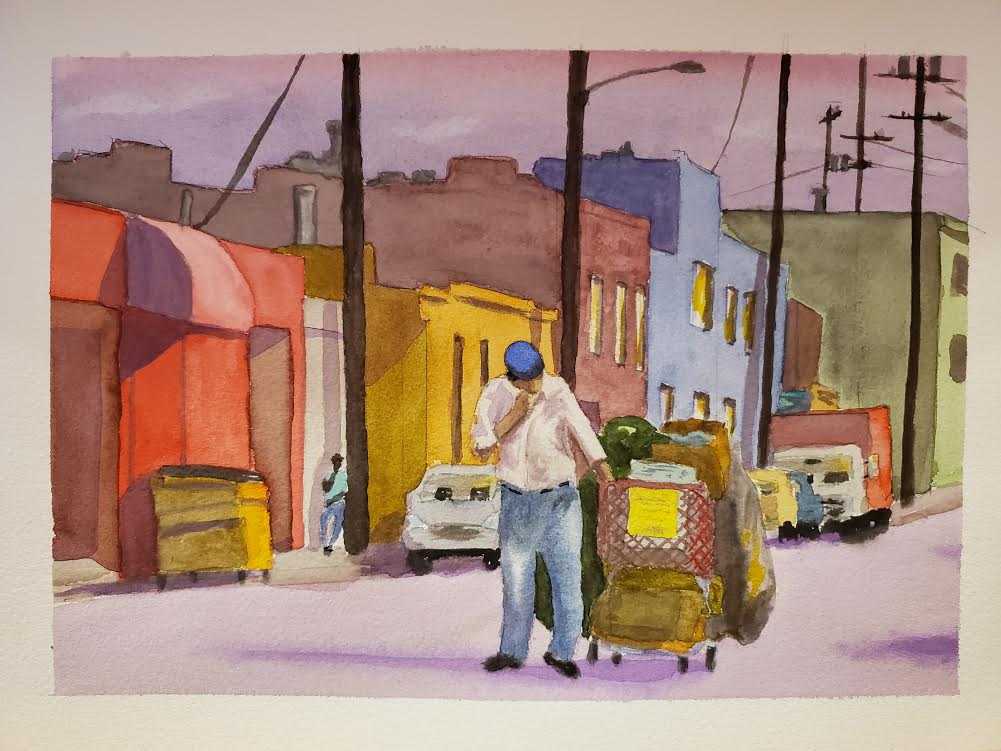
Water color by Jay Samit Photo: Courtesy of the artist
Can you describe your process – from first idea to finished product? Do you have a method?
JS- My paintings usually begin as a response to something I see or feel. For example, Los Angeles now has over 75,000 homeless. Yet, people blindly walk past them as if they were invisible, non-human. So I paint to shine a light where I would like people to look. Since the Covid 19 crisis began, I have been quarantined in my home for more than 40 days. As a 59 year old asthmatic, I can’t risk being exposed to the virus. Yet, I could feel I wasn’t alone in experiencing this epidemic. So I committed to posting a new painting on social media everyday to share my feelings with the community. Why am I isolated? When can I hug a friend again? How does one shelter in place without a shelter? How do the the vulnerable buy groceries when the shelves are bare? What is the impact of the virus on parks, cities, schools and industry? With each painting, I try to express the crisis through a different voice or set of eyes. What are we missing most? What do we fear? What do we now appreciate more than ever? Social media gives me an instant connection with thousands of people around the world I believe people share my art because it gives them a tool to express what they are feeling too. When people reach out to me and tell me their interpretations of my work, I am fascinated by the varies insights and assumptions. With painting, I feel I only bring part of the overall experience to the table and the viewer — with their unique lifetime of wants and needs — completes the picture.

Water color by Jay Samit Photo: Courtesy of the artist
Is this process similar to how you wrote your bestselling books? If not, what is the difference between writing and painting when it comes to putting ideas on paper?
JS- Great question. Disrupt You! is a book about teaching people how to thrive in times of disruption. Our world continues to evolve faster than most people can adapt and I wanted to give people some tools that could empower them to regain control of their destiny. The watercolor process is very different (except for the fact that I think I am most creative in the wee hours of morning when the rest of the world is asleep). Writing a non-fiction work is about synthesizing information from a myriad of sources into a narrative structure. It is a story that the author lays out and the reader follows. Painting for me is more about expressing what I am feeling without any exposition for the viewer. They can read into my artworks what they see and feel. I may paint one image and yet it conveys a different meaning each time it is viewed.

Water color by Jay Samit Photo: Courtesy of the artist
If you could do a vernissage with somebody – anywhere in space or time – where and with whom would it be?
JS-I wish I had the opportunity to meet Andrew Wyeth and his father N.C. Wyeth. Their styles were very different, but their sense of composition was quite similar. When I began painting, I stared, studied and stole from the Wyeths as best I could. A watercolorist learns by breaking down a painting and trying to discern the sequence and process under which it was created. I could learn so much from just a few hours with these masters. Thankfully, much of their work is on public display.
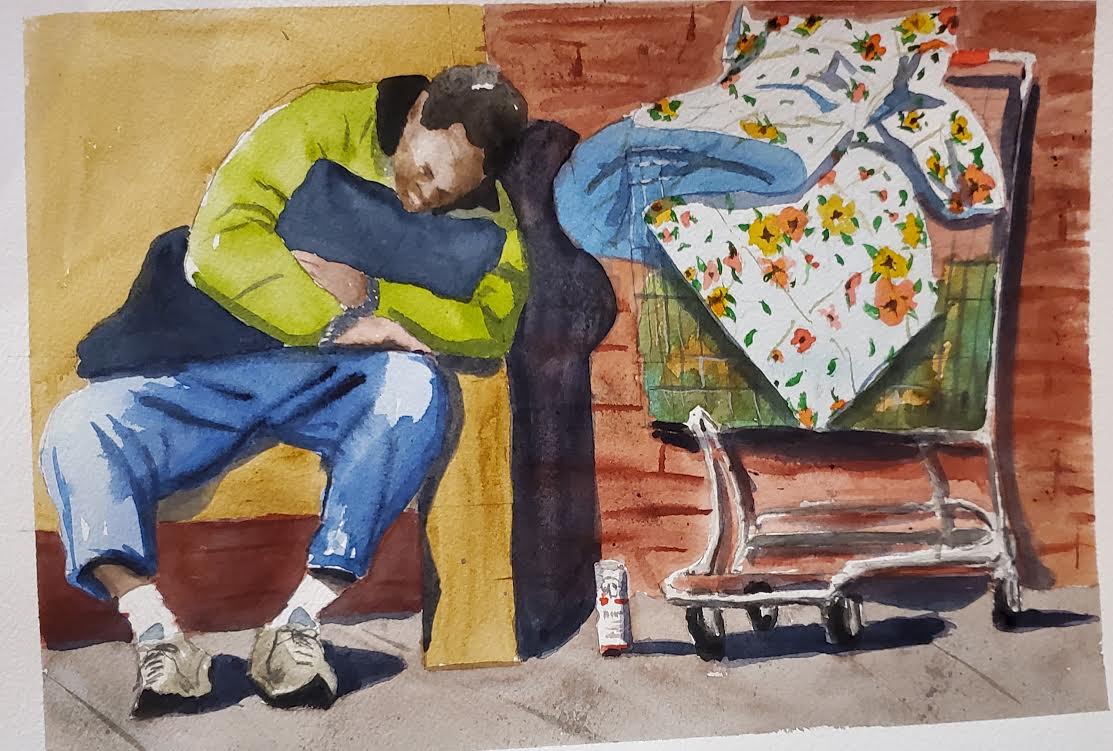
Water color by Jay Samit Photo: Courtesy of the artist
Do you consider yourself self-taught? Where and how do you learn about techniques, etc.? Can you share a couple of sources?
JS-I have loved creating art since I was a young child. I took classes in life drawing and sculpture at the Cheltenham Art center outside of Philadelphia. When I became a father, my art had to take a back seat to making a living (though I loved all the art projects I would do with my sons). I was a horrible soccer coach for their AYSO team, but we always won the award for best team banner! I studied watercolor with the award-winning painter Tim Kitz. He is best known for his plein air work capturing the California coast. He encouraged me to find my voice and pursue my unique subject matter.

Water color by Jay Samit Photo: Courtesy of the artist
What is your next project? This can be anything you are currently excited about.
JS-When the Pandemic ends, I look forward to having an exhibit of the body of work I painted in sequestration. The range of emotions this time period brings to the surface, from collective fear to a yearning for all the things we took for granted. After the show, I would like to create a book that memorializes this time when our world was still.
